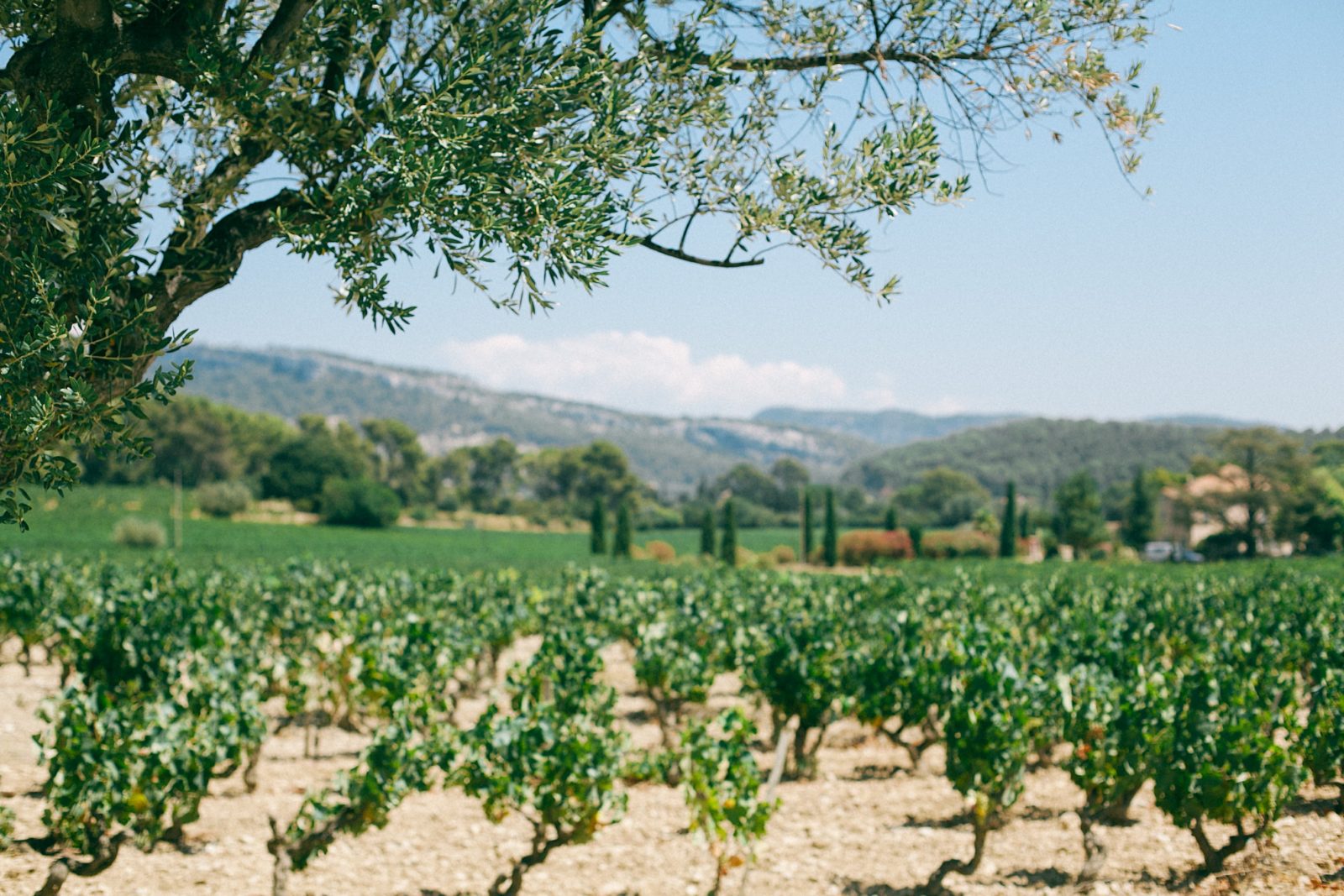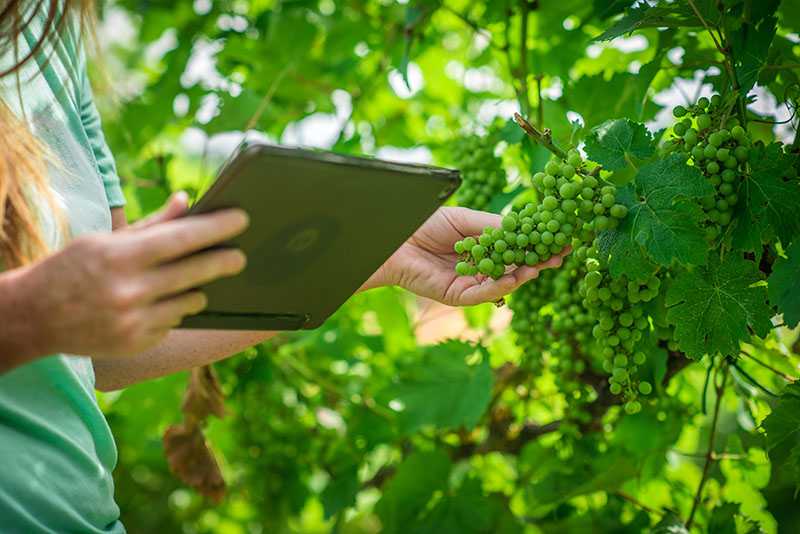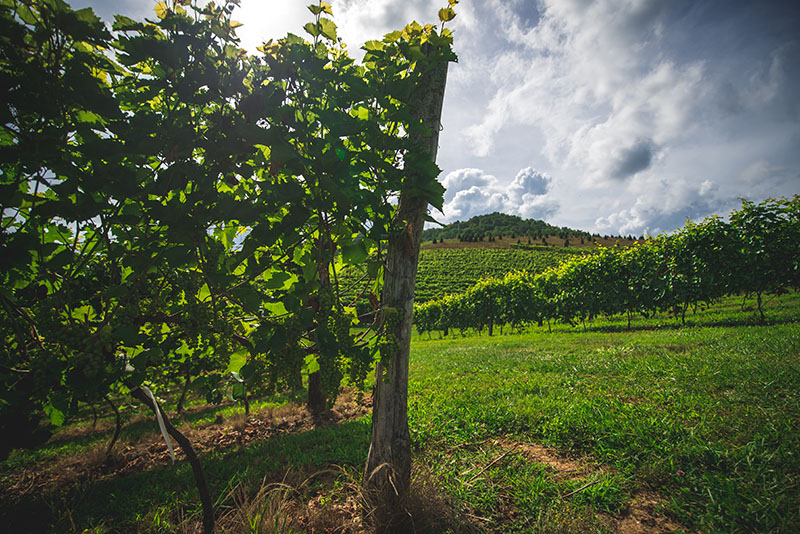Vineyard management is a tricky yet rewarding business. Whether cultivating grapes to sell to wineries or fermenting the wine in-house, vineyard operators are vulnerable to the whims of Mother Nature, our rapidly changing climate, and customer preferences for certain types of wine. Unexpected variables can eat into already-slim profit margins and complicate the passion for wine and grape growing that gets most folks into the business in the first place.
But though some aspects of a vineyard business are at the mercy of the elements, there are many strategies vineyard managers can use to maximize revenue, cut costs, and improve yields. Let’s get into how strategic vineyard management can help take your business to the next level.
What Is Strategic Vineyard Management?
Strategic vineyard management refers to techniques that vineyard owners and managers can use to improve their business. These strategies may help managers cut costs, improve vine yields, solidify relationships with vendors or winemakers, smooth out any internal communication issues, and find new customers. It’s about being strategic and evidence-based with both business and growing decisions. And since the agricultural side of things is difficult to control, for the purposes of this article, we’re focusing on business strategies that can position your vineyard to absorb losses and continue a pattern of growth.
Tips & Tools for Better Vineyard Management
Stay Informed About the Changing Climate

The success of the growing season is highly dependent on the weather. And though there has been great progress in creating tools to offset the impact fickle weather may have on crops, much of it is out of your hands as a grower. That’s one more reason it’s important to stay aware of the weather, climate, soil, and drought conditions in your area. Climate change is often overlooked as a contributor because it’s difficult to pin responsibility for one particular weather event on the warming planet. But studies have shown that climate change is increasing the number of severe weather events (heat waves, droughts, severe storms, and extreme temperatures) and leading to more wildfires due to warmer, drier conditions. There’s no way to completely insulate your vineyard from the risks of unpredictable or severe weather. Staying aware, doing your own research, and consulting with a local meteorologist or other expert can help.
Take Advantage of Tourism
Another tip for vineyard management is to remain open-minded to potential revenue-generating sources you may not have thought of. Tourism is a great opportunity for vineyards to earn some extra cash with minimal disruption to normal business operations. Even if you don’t create your own wine from the grapes you grow, there are likely still tourists and locals who would love a personal tour around your vineyard. It doesn’t have to be an elaborate operation. Platforms like AirBnB allow small businesses to list “outings” for tourists such as wine tasting or vineyard tours.
Vineyard Management Software

Whatever your business’s strategic priorities, a data-based approach is the way to go. Tracking and analyzing trends in costs and revenue lets you make informed decisions about how best to guide your business strategy. This is a two-pronged approach; it requires that you keep accurate records of crop yields, expenses, vendors, orders, and other metrics, and it also requires that you regularly review and analyze the data you collect. Both pieces are necessary for a well-rounded strategy. Despite the benefits, only about 20% of wineries are using dedicated winery software. That means you can give yourself a leg up by adopting this technology sooner rather than later.
Communicate Well for Buy-In from All Staff
Look across all functions of the business to pinpoint areas of needless waste. Often, you’ll find room for improvement in the small, daily habits and process of your employees. Even if you have well-thought-out policies about vineyard conduct, tasting room policies, and more, you’ll need buy-in from staff across all levels in order to make it truly work. Don’t assume everyone knows best practices. Have you provided adequate training? Do you regularly review processes — including recent successes and challenges — with your staff to uncover potential blindspots? Good communication can save you money and time. Your employees will appreciate clear expectations, and your vineyard will benefit from having everyone on the same page.
Think Long-Term

If you operate a winery as well as a vineyard, you’ll know the importance of thinking long-term. The actions you take today will be impacting this year’s crops and the next decade’s wine, so you can’t afford to be short-sighted. While external financial pressures may try to sway you to think about instant results or short-term benefits, it’s your job to keep the vineyard focused on long-term impact. Balancing these two sometimes competing factors is part of the challenge of managing a vineyard and winery.
Strengthen Vendor & Buyer Relationships
If you don’t operate a winery, you likely sell your grapes to a local winemaker for them to use in wine production. In this case, managing your relationships with vendors is key to maintaining a healthy, resilient business. Even if you do operate your own winery associated with the vineyard, you’ll rely on your vendors for things like packaging, supplies, and sometimes logistics. As many folks discovered during the epic supply chain crisis that accompanied and followed the height of the COVID pandemic, strong vendor relationships can save your business. And it never hurts to expand your network. Meet new vendors, learn about their processes, and compare pricing. You may be missing out on competitive advantages elsewhere in your market.
Connect With Consumers Directly
If you do sell wine or other consumer products (vinegars, preserves, oil, etc.), consider how well you’re reaching your target market. It’s never been easier to connect directly with consumers about your product. Digital marketing tactics like social media, email newsletters, and highly tailored advertising campaigns allow you to make contact with customers in seconds. What’s more, many customers use and prefer purchasing wine online for its simplicity and convenience. Taking full advantage of these digital tools allows wineries to cut out the middleman, which increases profit margins and may expand your business’s reach to new customers. If you don’t already, experiment with some of these tools to find the best way to reach your customers, such through a wine club subscription service or a social media campaign.
There are many ways to improve efficiency and boost revenue at your vineyard. Whether you make wine in-house or sell your grapes to a winery, give these strategies a try.



